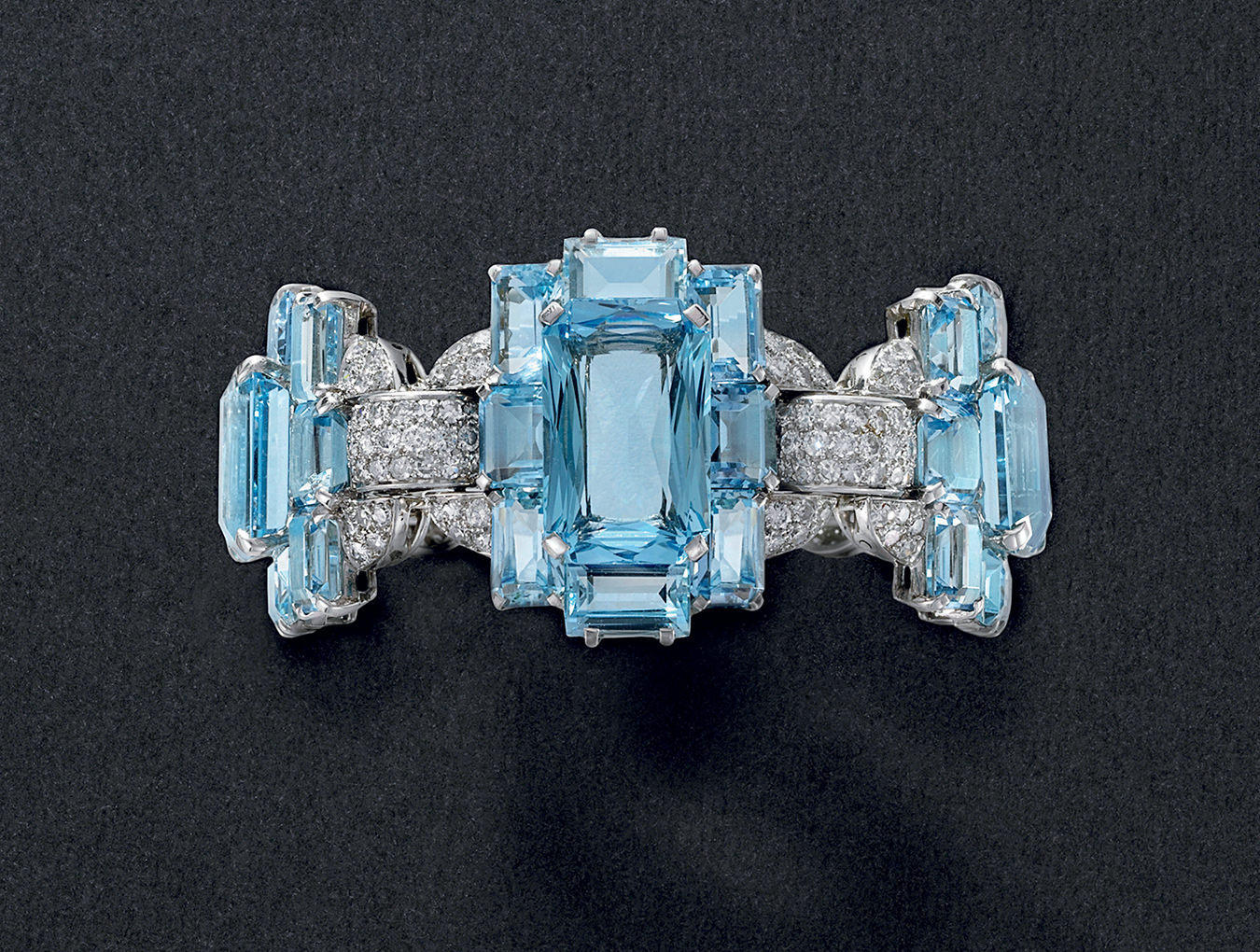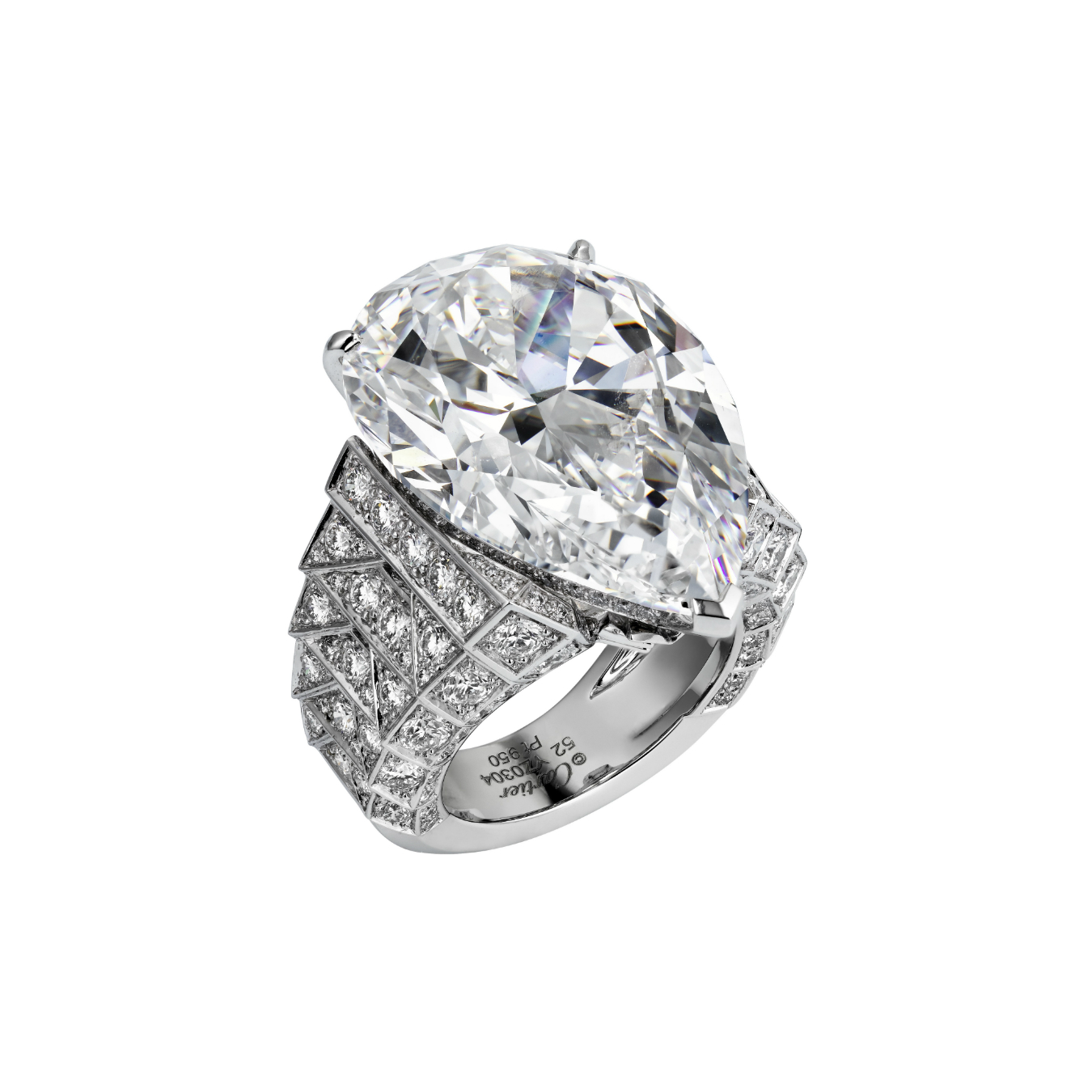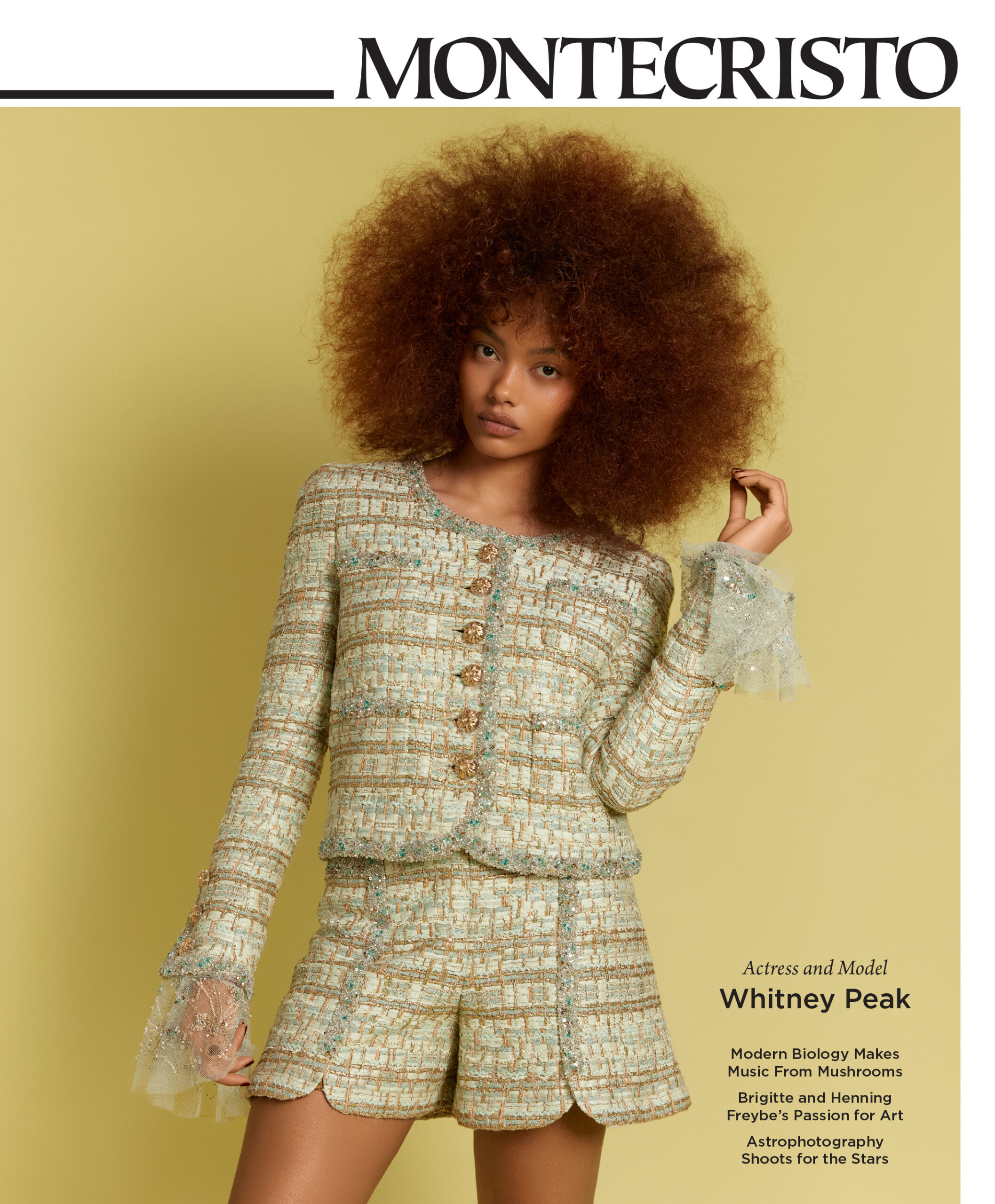The Cartier brothers knew something about being in the right place, at the right time. Founded in 1847, the Paris-based family business was already established by 1900, but surely Jacques, Pierre, and Louis Cartier had little inkling of how America’s Gilded Age would affect them. Heiresses from the U.S. were marrying into European aristocratic families, and those couples loved to spend money.
Shopping for luxury goods was a given, and the Cartier boutiques in Paris and London benefited greatly. American families like the Vanderbilts, moguls like J. P. Morgan, Russian czars, and England’s King Edward VII, were already clients by 1909, when Cartier opened its New York branch. In 1910, Jacques Cartier journeyed to the Persian Gulf to meet pearl traders in Bahrain and the Emirates. By the Art Deco era in the Roaring Twenties, discoveries like Tutankhamen’s tomb influenced Cartier’s designs, shifting them into exotic styles and using materials like carved jade, lacquer, and faience in jewellery and sculptural mystery clocks.
By the 20th century, Cartier’s clientele expanded to include theatre, music, and Hollywood’s most glamorous film stars. The prestigious brand is most certainly known for its women’s jewellery collections; however, Louis Cartier is credited with inventing the modern men’s wristwatch, not to mention handsome cuff links, desk accessories, and cigarette cases. Historic events like Charles Lindbergh’s flight across the Atlantic and the U.S. lunar landing were also commemorated with inscribed gifts.
From November 16 to March 15, 2015, the Denver Art Museum (DAM) is hosting Brilliant: Cartier in the 20th Century, an exhibition showcasing 250 historical objects produced between 1900 and 1975 including jewellery, timepieces, men’s accessories, and more. “Cartier’s visually striking designs, impeccable workmanship, and genius for innovative marketing made them the 20th century’s preferred purveyor of luxury goods,” says Margaret Young-Sánchez, Frederick and Jan Mayer curator at the DAM. “The exhibition brings together a spectacular assortment of Cartier’s greatest works, characterized by the highest quality stones and materials, and a continually evolving, yet always recognizable, style.”
Highlights include themed collections like the Art of Smoking, the Age of Glamour (with designs worn by 1920s New Yorkers called Café Society), and the Icons of Style, featuring Cartier’s most famous and stylish clients, such as Daisy Fellowes, Princess Grace of Monaco, and Barbara Hutton.
The Cartier Royal Collection, which includes more than 100 special pieces, will be presented at the 27th Biennale de Paris in September. The show-stopper and crowning glory will surely be the majestic Royal Tiara featuring the 166.18-grain natural Royal Pearl, which once belonged to Queen Mary of England. The piece can also be worn as a necklace, or the pearl removed and worn as a pendant. The House of Cartier remains today as vibrant, innovative and relevant as it has ever been.
Photos: © Cartier.










